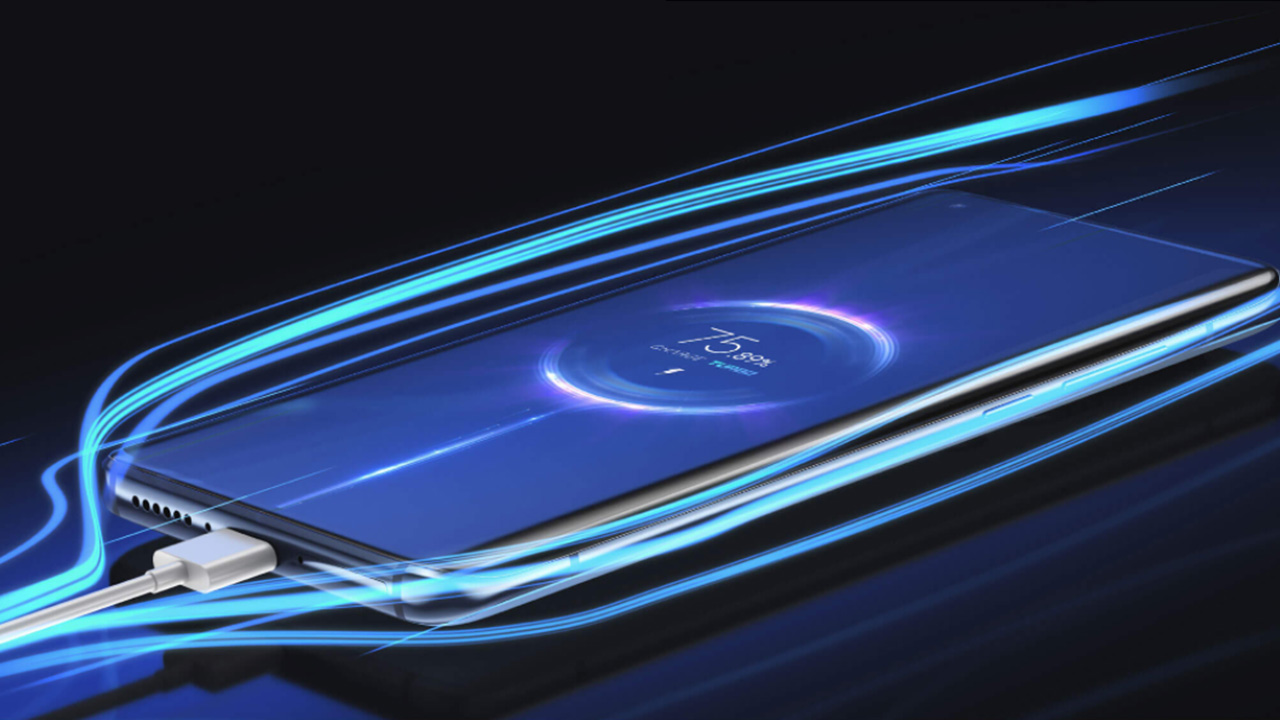Xiaomi is all set to take off the covers of Xiaomi 11T and 11T Pro smartphones globally on September 15. The company has announced that the Pro model will be featuring 120W fast charging technology.
Since this is new in global markets, a common reaction from users to such fast charging technologies is that they will inevitably have a negative impact on battery life, or have safety issues, or maybe both.
JOIN XIAOMI ON TELEGRAM
Thus, answering all such questions, Xiaomi’s Head of International Communications and Global Spokesperson Daniel Desjarlais (Daniel Desjarlais) talked about the company’s efforts in fast charging technology. He even hinted at what people outside China should expect about the 11T Pro.
Firstly, how does it work? Regarding Xiaomi’s dual-cell battery design, Daniel said, “it’s like having two separate inlets and two separate fuel tanks for refueling your car, similar to other high-power fast-charging solutions.”
When asked about the life question, Daniel said that you can expect the same battery life as other traditional mobile phones. He said, “it’s something that we do really, really a lot of testing. Generally speaking, for the kind of battery we’ve tested, a battery with a charge level that, after 800 charging cycles, still has battery capacity. 80% of it. Some might think that this is a lot to lose 20%, but this is basically the standard for all charging technologies. 800 cycles, for most people, is about two years. So this is very reliable.”

For comparison, Apple claims that the iPhone’s lithium-ion battery can “retain 80% of its original capacity during 500 complete charging cycles.” If Xiaomi’s test data is accurate, then its battery life should be in line with normal performance.
Moreover, when he was asked whether using a slower charger would further improve battery health, Daniels replied, “there’s a relatively small difference between the two. Of course, the best-case scenario is if you want to charge overnight, use a slower charger, and a faster charger in more rush situations.”
As for security concerns, Daniel said the testing has been very accurate, including with third parties, and the device includes 34 different battery protection functions. “In general, this is part of the reason why this technology is now being introduced to the global market,” he said. “We want to make sure we follow all the rules, but we also want to make sure it’s extremely safe for everyone.”
When asked, “is there really no harm in this kind of charging system? For example, can mobile phones using more traditional charging methods be thinner or accommodate larger batteries?” According to Daniels, there are no negative effects. However, the actual charger is larger than average.
Xiaomi believes that its fast charging technology will continue to exist, and there may still be room for improvement. For instance, earlier this year, the company demonstrated a 200W fast-charging prototype system that filled up with a 4000mAh battery in 8 minutes.
To this Daniels simply said, “Whether it shows up (in a commercial product), you’ll have to wait and see,” on the grounds that further security and performance tests are needed. His answer to Xiaomi’s air-to-air charging technology is largely the same, he added, “it’s an amazing concept, and it’s something we’re continuing to study.”
The question for fast charging is whether users will consider it a big selling point in Xiaomi’s global market. Daniels said, “Maybe some people will think that fast charging is irrelevant, but there are also many people who think it is a great added value. You really won’t realize how good it is for your daily life when Unless you have to run to catch a taxi within 5 minutes and your phone battery is about to run out.”






